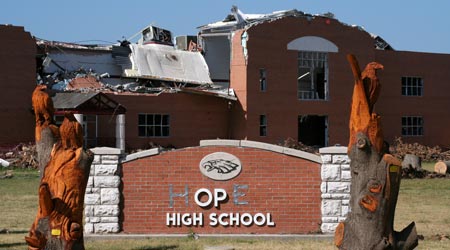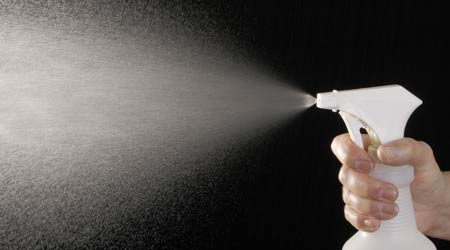
Doors, Door Hardware, and Tornado Season
April 22, 2016
Institutional and commercial facilities might catch a break in 2016 in the form of a calmer-than-usual tornado season. At least that’s the prediction from the American Meteorological Society, which recently issued a forecast that calls for a 54 percent chance of a below-normal number of tornadoes and 71 percent chance of fewer-than-normal hailstorms in the south central U.S. this spring, thanks largely to the continuing influence of El Niño.
The forecast, of course, is no guarantee, so maintenance and engineering managers need to ensure their facilities are prepared. One important standard to keep in mind is ICC 500.
Published jointly by the International Code Council (ICC) and the National Storm Shelter Association (NSSA) and referenced in the newest building safety codes, this standard provides minimum design and construction requirements for storm shelters that provide a safe refuge from storms that produce high winds, hurricanes, and tornadoes.
The magnitude of wind speeds associated with these events require building occupants and residents to evacuate the area or seek protection in a shelter designed for resistance to extraordinary loads and flying debris. The newest ICC Codes require storm shelters in educational occupancies and critical emergency operation centers located in areas prone to extreme tornados.
This standard provides design requirements for the main wind resisting structural system and components and cladding of these shelters, including doors and door hardware, and it provides basic occupant life safety and health requirements for these shelters including means of egress, lighting, sanitation, ventilation, fire safety, and minimum required floor space for occupants.
Find the standard
here.
This Quick Read was submitted by Dan Hounsell, editor-in-chief of Facility Maintenance Decisions, dan.hounsell@tradepressmedia.com. Read about strategies for striking a balance between safety and security at they relate to doors and door hardware here.
Next
Read next on FacilitiesNet












